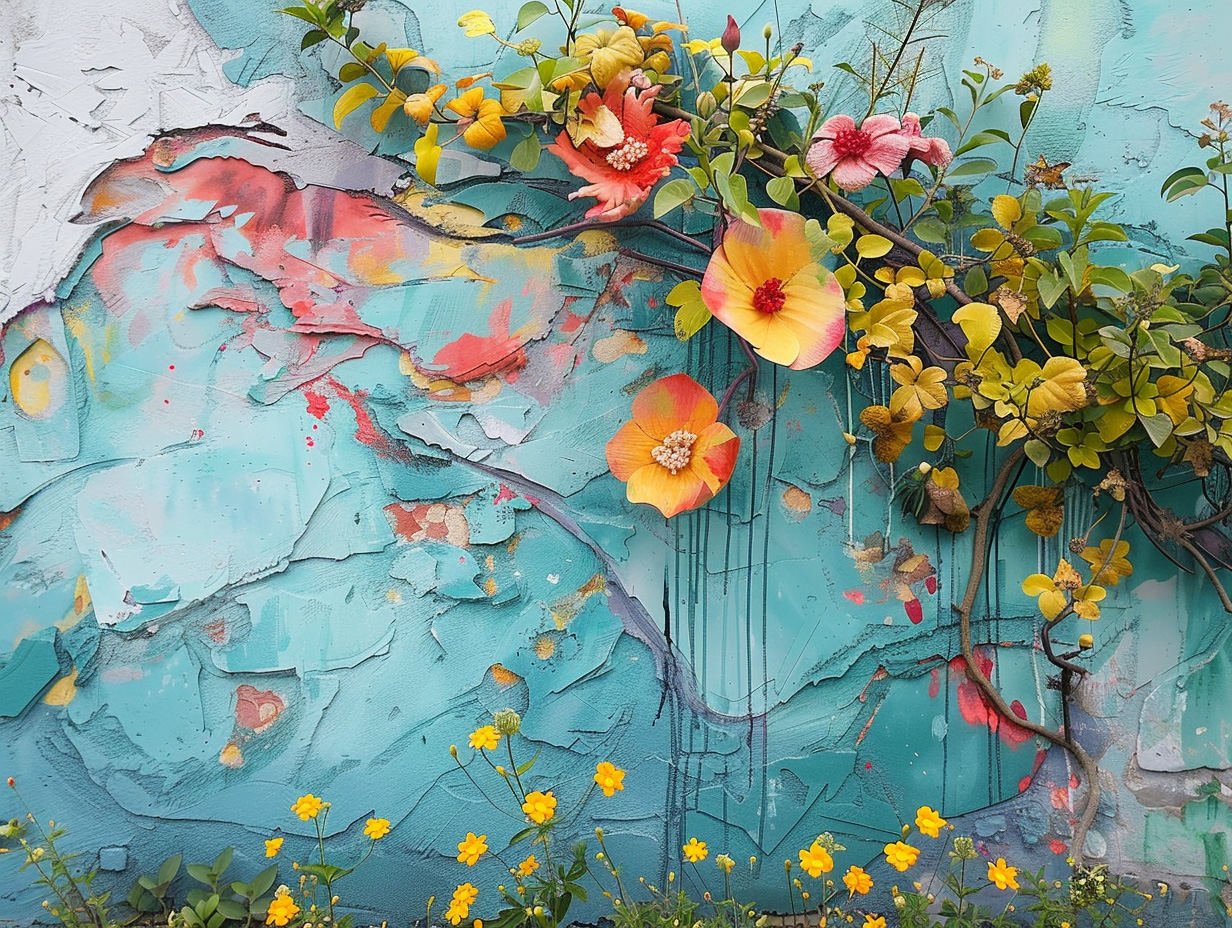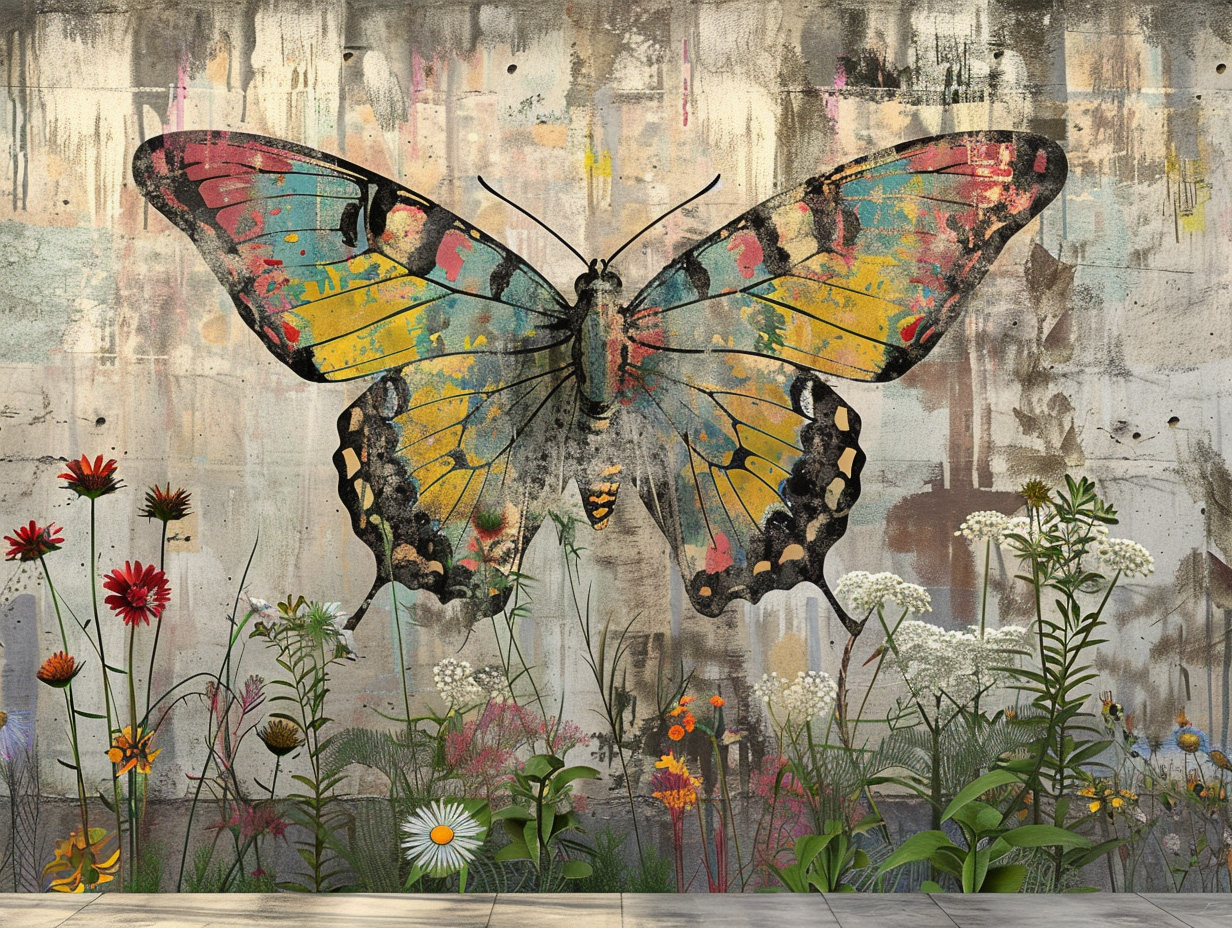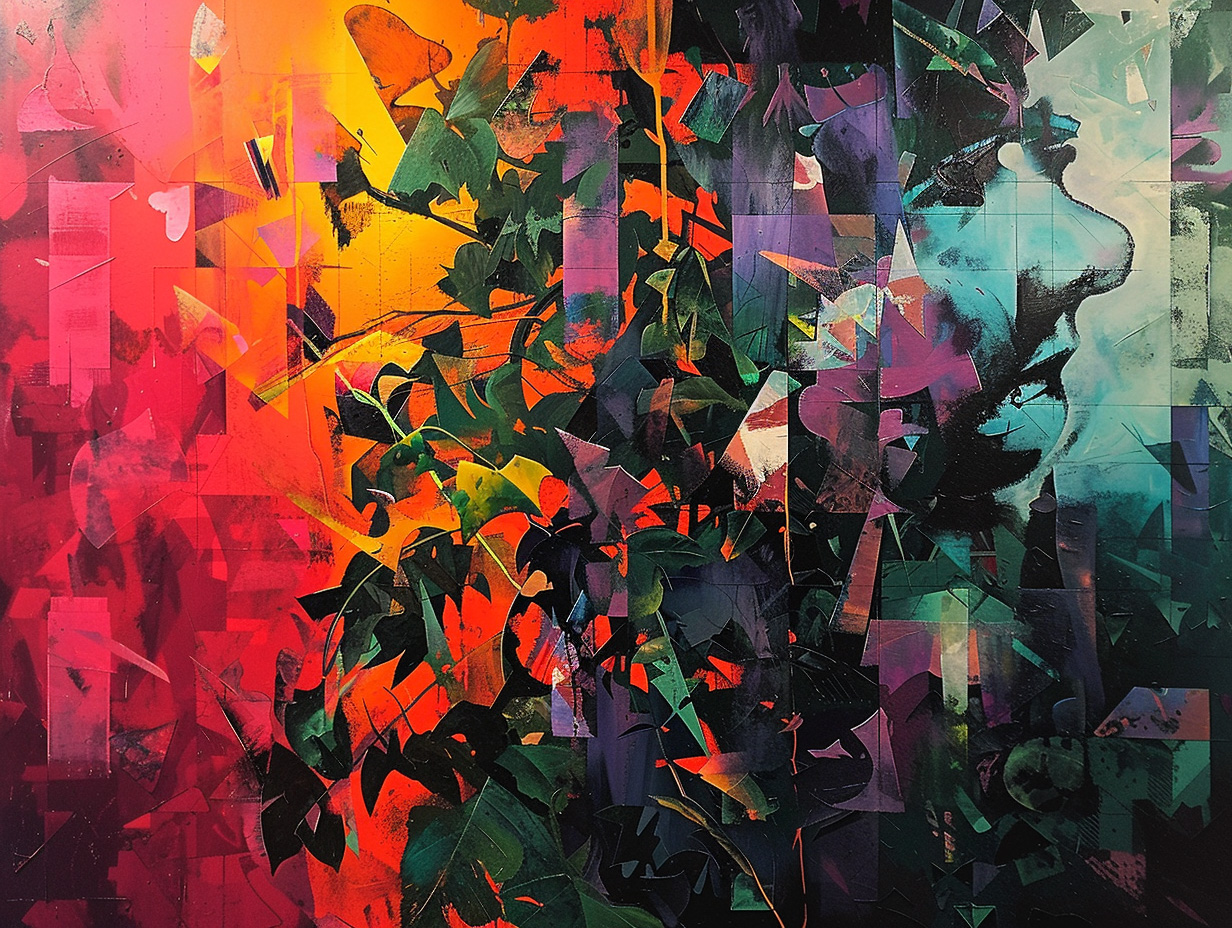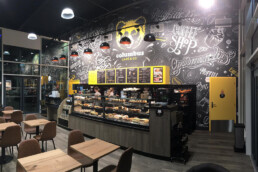In the vibrant city of Dubai, where modern skyscrapers adorn the skyline and innovation thrives, a hidden world of creative expression unfolds within the city’s public parks and recreational areas. Graffiti, once viewed as an act of rebellion, now dances across walls as a form of art, sparking conversations and transforming mundane spaces into vibrant canvases. But what impact does this colorful urban artistry truly have on Dubai’s outdoor sanctuaries and gathering spots? Dive into this captivating blog post to uncover the intertwining tales of graffiti, community engagement, and the design ethos shaping the emirate’s public parks. As you wander through Dubai’s meticulously planned green spaces, each stroke of graffiti whispers a tale of artistic rebellion and communal spirit. This blog post delves into the intriguing dynamic between graffiti, recreational area design, and community art projects, unveiling how these seemingly disparate elements merge to paint a unique narrative of outdoor aesthetics and public engagement. Join us on a visual journey as we unravel the symbiotic relationship between street art and the soulful essence of Dubai’s public parks, where creativity knows no bounds, and every spray of paint births a new chapter in the city’s evolving urban landscape.
 Community Engagement Through Graffiti: Initiatives and Impact
Community Engagement Through Graffiti: Initiatives and Impact
Graffiti has long been associated with rebellion and defiance, but in recent years, it has emerged as a powerful tool for community engagement. In Dubai’s public parks and recreational areas, graffiti initiatives have taken center stage, providing a platform for local artists to showcase their talent while fostering a sense of belonging among residents and visitors alike.
One such initiative is the Dubai Street Museum, an ongoing project that aims to transform the city’s walls into an open-air gallery. Local and international artists are invited to create large-scale murals that reflect the cultural diversity and heritage of Dubai. These vibrant artworks not only add visual appeal to the parks but also serve as conversation starters, sparking dialogue about art, culture, and identity.
Through community art projects like these, graffiti becomes more than just paint on walls – it becomes a catalyst for social change. By involving local residents in the creation process, these initiatives empower communities to take ownership of their public spaces. This sense of ownership fosters a deeper connection between individuals and their surroundings, leading to increased pride in the community and a greater desire to protect and maintain these shared spaces.
The impact of graffiti on community engagement can also be seen through events organized around street art. Festivals such as Dubai Canvas bring together artists from around the world to create live murals in public parks. These events attract crowds of locals and tourists who come to witness the transformation of blank walls into vibrant masterpieces. The interactive nature of these festivals encourages dialogue between artists and spectators, further strengthening the bond between art and community.
 The Role of Graffiti in Redefining Public Park Design in Dubai
The Role of Graffiti in Redefining Public Park Design in Dubai
Graffiti has not only transformed public parks aesthetically but has also played a significant role in redefining their design ethos. Traditionally, parks were designed with a focus on greenery and recreational facilities, but graffiti has introduced a new dimension to park design – one that celebrates urban art and creativity.
Incorporating graffiti into park design allows for the creation of unique and visually stimulating spaces. Walls that were once plain and unremarkable now serve as backdrops for colorful murals, adding vibrancy and character to the parks. This infusion of art into the design process creates an immersive experience for park visitors, stimulating their senses and sparking their imagination.
Moreover, graffiti has the power to transform underutilized or neglected areas within parks into vibrant gathering spots. By enlivening these spaces with captivating artworks, graffiti encourages people to explore every nook and cranny of the park, turning it into a destination rather than just a passageway. This revitalization of overlooked areas enhances the overall user experience and encourages people to spend more time outdoors.
Conservation Efforts: Preserving Graffiti as Cultural Heritage
While graffiti is often associated with transience due to its ephemeral nature, efforts are being made in Dubai to preserve significant artworks as cultural heritage. Recognizing the value of these artistic expressions, authorities have taken steps to protect selected murals from vandalism or destruction.
The Dubai Street Museum project mentioned earlier not only aims to create new murals but also seeks to conserve existing ones. By documenting these artworks through photography and archival methods, they can be preserved for future generations to appreciate. This preservation effort ensures that the cultural significance of graffiti is recognized and celebrated alongside other forms of art.
Preserving graffiti as cultural heritage also serves as a reminder of Dubai’s evolving urban landscape. As the city continues to grow and develop, these artworks capture moments in time – snapshots of Dubai’s past that reflect its multicultural identity and artistic spirit.
 Fostering Creativity and Innovation Through Urban Art
Fostering Creativity and Innovation Through Urban Art
Graffiti has long been associated with creativity and innovation, and its integration into public parks in Dubai serves as a testament to the city’s commitment to fostering artistic expression. By providing a platform for local and international artists to showcase their talent, Dubai’s parks become incubators of creativity, pushing boundaries and challenging conventional notions of art.
These urban art installations also inspire visitors to think outside the box and embrace their own creative potential. The vibrant colors, intricate designs, and thought-provoking messages encourage individuals to explore their artistic side, whether through traditional mediums or by finding innovative ways to express themselves within their communities.
Integration of Graffiti in Park Design
The integration of graffiti in park design goes beyond simply adding murals to walls. It involves careful consideration of how these artworks interact with the surrounding environment and complement the overall park layout.
One approach is to incorporate graffiti into existing structures such as seating areas or playgrounds. By painting these elements with colorful designs, they become focal points within the park, attracting attention and creating visual interest. This integration not only enhances the aesthetic appeal but also encourages people to interact with these functional elements in a playful and imaginative way.
Another design strategy is to create dedicated graffiti walls or zones within the park. These designated spaces provide artists with a canvas for their creativity while minimizing potential conflicts with other park users or existing structures. By embracing graffiti as an integral part of park design, Dubai encourages artistic expression while maintaining a harmonious balance between public art and functional spaces.

In conclusion, graffiti has had a profound impact on Dubai’s public parks and recreational areas. It has transformed these spaces into vibrant hubs of community engagement, where art becomes a catalyst for social change. Through initiatives that involve local residents and international artists, graffiti has fostered a sense of ownership and pride in the community. It has also redefined park design, infusing urban art into the aesthetic fabric of these spaces. By preserving significant artworks as cultural heritage, Dubai recognizes the value of graffiti as a reflection of its evolving urban landscape. Ultimately, graffiti fosters creativity and innovation, inspiring individuals to embrace their artistic potential. Its integration into park design creates immersive experiences for visitors and enhances the overall user experience. Dubai’s embrace of graffiti as a form of public art sets an example for other cities to follow, demonstrating how street art can transform public spaces into vibrant expressions of culture and community.
Related Posts
4 avril 2024
How Can Street Art Elevate Community Engagement in Dubai’s New Housing Projects?
In the vibrant tapestry of Dubai's…
4 novembre 2023
The Artistic Transformation of Dubai’s Dining Spaces with Graffiti
Dive into Dubai's dining revolution…
17 mai 2023
Elevating food courts: the impact of art murals in Dubai
In Dubai's competitive food court…


